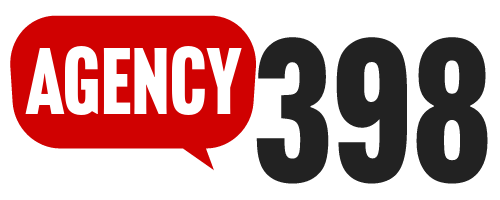Balancing Branding and Storytelling: Blake Lively and It Ends With Us
The 2024 summer release of the film adaptation of Colleen Hoover’s New York Time’s Best Selling Book “It Ends With Us” brought significant attention not only from fans of the book itself, but people intrigued to see how Blake Lively and Justin Baldoni took on the characters from a book that revolves around domestic violence and the journey to healing. As the movie promotion began, attention shifted from the movie itself to the stars themselves, namely Blake Lively and the missteps from her and the PR teams around her.
Here is what can be learned from these choices and how they affected public perception.
1. Alignment of Messaging with Sensitive Topics
One of the biggest criticisms aimed at Blake Lively’s promotional campaign was a perceived disconnect between the tone of her promotion and the serious topics portrayed in the film. Many fans and audience members felt that Lively’s sarcasm and light-hearted approach during press events took away from the seriousness of the subject matter. She was also criticized for her promotion of unrelated personal projects like her haircare line and beverage line which to some, especially victims of domestic violence, came off as tone-deaf. When promoting projects that have sensitive subject matter, it is up to the PR team to make sure the tone of all associated media aligns with or is appropriate to mention with the subject. PR teams should also ensure that the sensitive topics are acknowledged fully and are not cast aside in favor of personal branding or projects.
2. The Timeline for Acknowledging and Addressing Backlash
Once the backlash increased across platforms and publications, Lively’s PR strategy was to attempt to rectify by posting statements on her Instagram stories in support of domestic violence victims and providing links to resources. However, by the time these posts were made and the way they were made, did not improve the way Lively was perceived by the public. Timing and response time is just as important as the message itself. Addressing backlash swiftly and honestly can prevent prolonging the issue. PR teams should try to stay as informed as possible, to get ahead of growing negative feedback and to respond as quickly as possible.
3. Overreach and Interference: Blake Lively and Ryan Reynolds
Lively received further backlash, this time for the alleged overreach from Lively and her husband, Ryan Reynolds, into the film's production and promotion. Multiple articles suggested Lively took over control of the project, taking on roles and responsibilities that usually would fall under crew members and director Justin Baldoni. Reynolds was also rumored to have rewritten scenes for the film for Lively without informing screenwriter Christy Hall beforehand.
Being forceful and overly involved in a project can work against the goal of making the project successful. Lively and Reynolds’ continued control over the project disrupted Baldoni’s vision for the film and contributed to the negative audience reception.
The PR strategies surrounding the film “It Ends With Us” and its stars provide lessons about tone, intention, crisis PR, and the balance between personal branding and projects with a serious message. Both successes and missteps by these PR teams offer valuable lessons for future teams taking on projects with sensitive material. Handling sensitive subjects requires careful planning and strategic decisions to manage public perception effectively.
